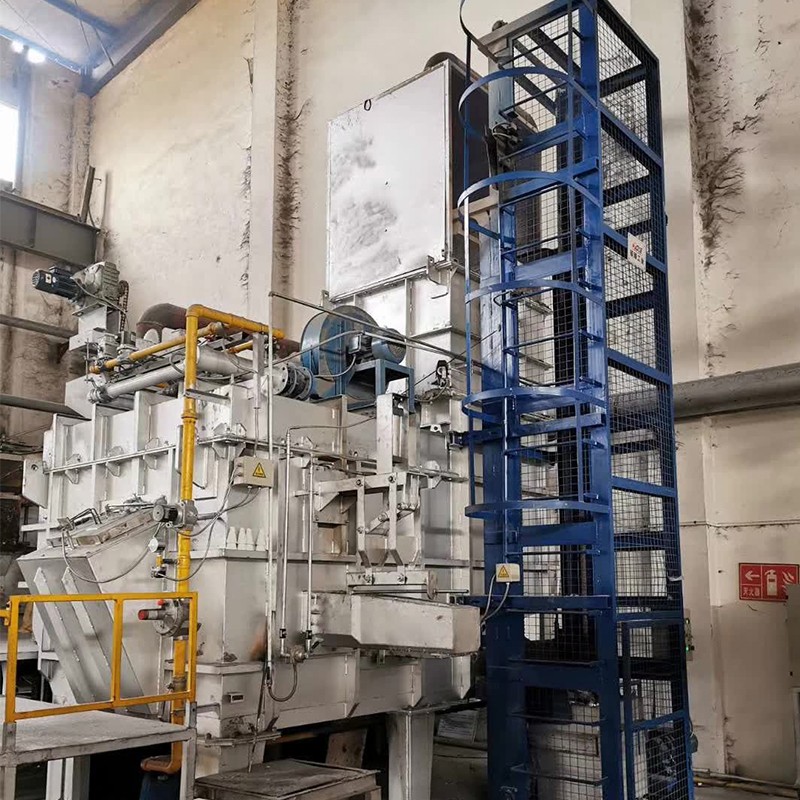At present, the most commonly used blast furnaces in the world are tower and π-shaped. Its benefits will be explained below.
The tower furnaces, that is, a single flue boiler, places all convection heating surfaces in the flue at the top of the combustion chamber and arranges them in a straight upward manner. This scheme omits the turning cavity, avoids the change of the flue gas flow direction in the furnace, and avoids the incoordination between the combustion chamber and the flue. It is an ideal furnace type suitable for burning lignite and ash-rich lean coal boilers. At the same time, the flue also has an automatic ventilation function, which can effectively reduce the resistance of the smoke flow.

The tower furnaces is suitable for combustion chambers with fewer types of easy-to-coke coal, and its outlet flue gas temperature and flue gas temperature are relatively uniform. The tower boiler has good backup and fast start-up performance:
1. All heating surfaces are arranged horizontally with high self-hydrophobicity
2. Pickling can involve all heating surfaces.
3. The pressure-bearing parts have good wear resistance.
4. Simple structure and neat arrangement.
5. The heating surface is arranged in a tight top and loose bottom form, thereby reducing and preventing the occurrence of ash accumulation.
6. It has a regular suspension structure and a simple supporting structure.
7. During operation, the boiler can expand freely without double-point expansion, making the entire expansion system very simple.
8. It takes up less space.
9. Since there is no tail smoke well, there is no complex cladding superheater, and the water-cooled wall circuit is very simple, so compared with the π-type furnace, the entire steam-liquid system becomes simpler and the steam-liquid system resistance is lower.
For the floor space and overall performance of the tower furnace, the advantages of the tower furnace are very prominent.